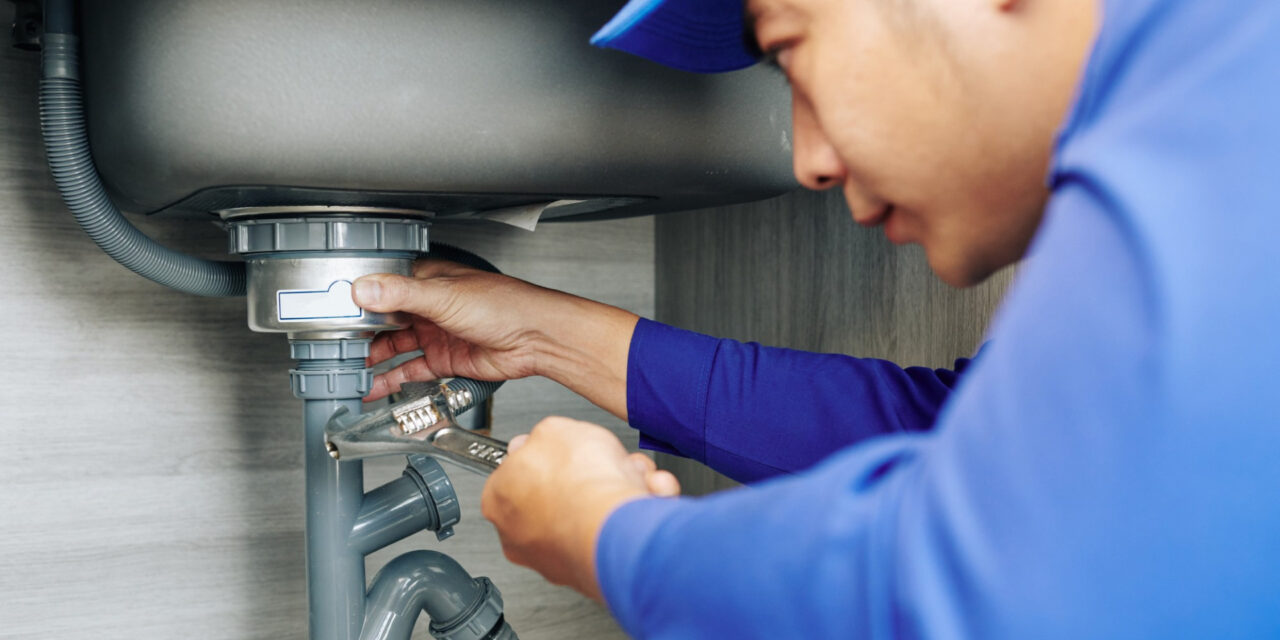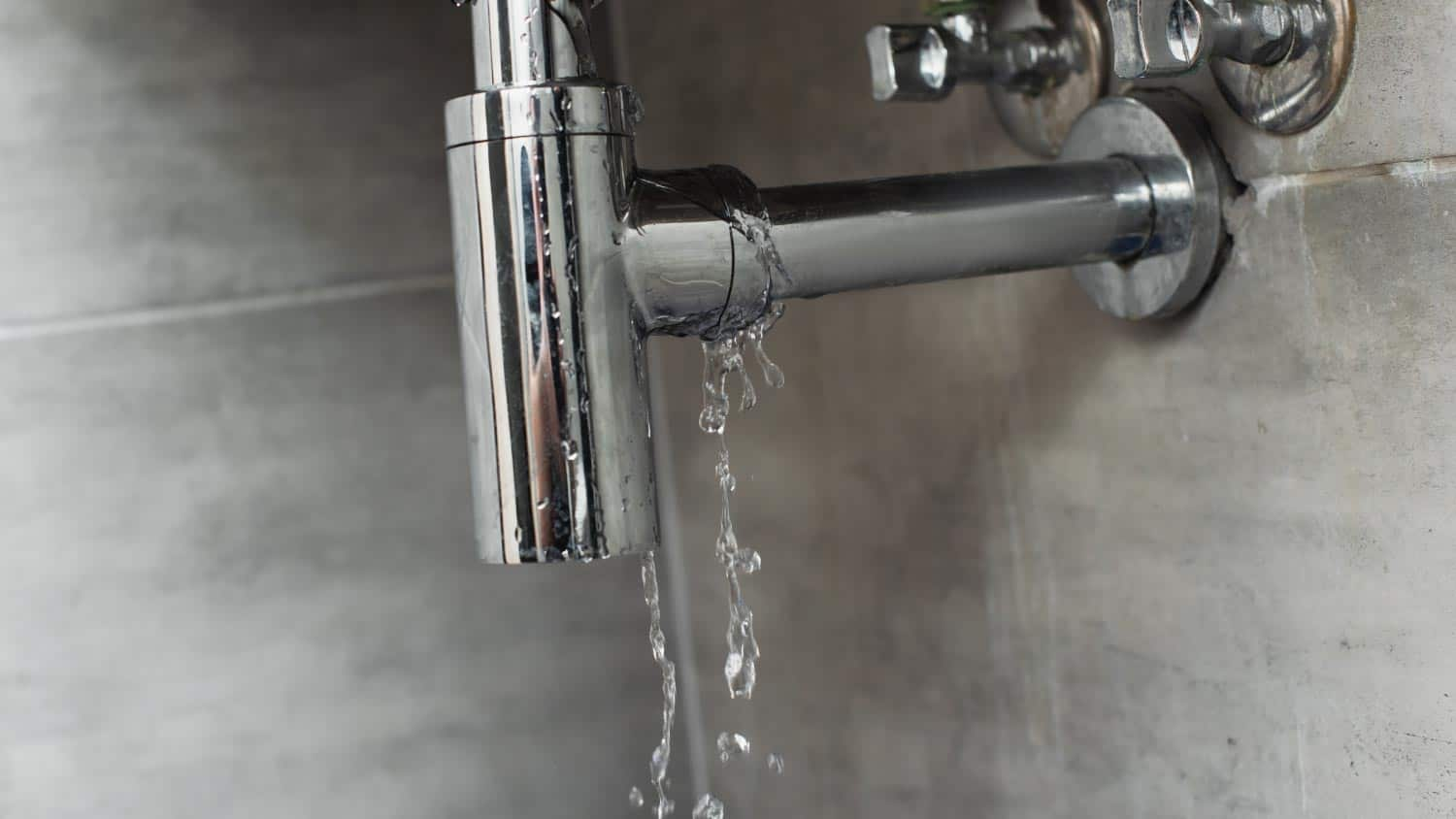We've encountered this article about Leaking water lines directly below on the internet and decided it made perfect sense to discuss it with you in this article.

Early detection of dripping water lines can alleviate a prospective calamity. Some small water leaks might not be visible.
1. Analyze the Water Meter
Every home has a water meter. Examining it is a surefire way that assists you find leaks. For starters, turn off all the water resources. Ensure nobody will flush, use the tap, shower, run the cleaning maker or dish washer. From there, most likely to the meter as well as watch if it will certainly change. Since no one is using it, there should be no motions. That shows a fast-moving leakage if it moves. If you find no adjustments, wait a hr or two as well as inspect back once again. This suggests you may have a sluggish leak that could also be underground.
2. Inspect Water Usage
If you identify sudden modifications, regardless of your usage being the same, it implies that you have leaks in your plumbing system. An abrupt spike in your bill shows a fast-moving leak.
Meanwhile, a constant increase on a monthly basis, despite the exact same routines, reveals you have a slow leak that's also slowly intensifying. Call a plumber to thoroughly inspect your residential or commercial property, especially if you feel a warm location on your floor with piping beneath.
3. Do a Food Coloring Test
When it comes to water consumption, 30% comes from bathrooms. If the color somehow infiltrates your bowl during that time without flushing, there's a leak between the tank and dish.
4. Asses Exterior Lines
Don't neglect to inspect your outdoor water lines also. Examination spigots by attaching a yard hose pipe. Must water seep out of the link, you have a loose rubber gasket. Change this and make certain all connections are tight. It will certainly help obtain it expertly checked out and preserved yearly if you have actually obtained a lawn sprinkler system. One small leak can lose lots of water as well as surge your water expense.
5. Assess the circumstance and examine
Property owners need to make it a routine to inspect under the sink counters and also also inside closets for any type of bad odor or mold development. These two warnings show a leak so punctual focus is required. Doing regular assessments, even bi-annually, can conserve you from a significant trouble.
Inspect for stainings and damaging as most pipelines and home appliances have a life expectancy. If you believe dripping water lines in your plumbing system, do not wait for it to rise.
Early detection of leaking water lines can reduce a possible calamity. Some small water leakages may not be visible. Checking it is a proven means that assists you find leaks. One little leakage can throw away tons of water and spike your water bill.
If you suspect dripping water lines in your plumbing system, do not wait for it to rise.
How to Know If Your Home Has a Hidden Leak
Water Meter Reveals Inexplicable Water Usage
If you’d like to test whether or not there’s a leak somewhere in your home, you can do this using your water meter. Here is how to conduct the test:
Don’t use any water in your home for at least 30 minutes; this also means not turning on faucets or water-using appliances.
Go outside, and check your water meter for activity.
If your water meter shows that there was activity, even though no one was using any water, this proves that there is a leak in your home.Visible Mold or Mildew Growth
Leaks behind walls create moist, dark environments that allow mold and mildew to grow and thrive. Eventually, you might see mold growth forming on the wall closest to a hidden leak.
If mold is growing in an area that receives a high amount of moisture, such as a bathroom, it may simply be an indication that better ventilation is needed. However, if you see mold growth on a wall or the ceiling in an area where you would not expect, you probably have a hidden leak.
Musty, Mildew Odor
Sometimes you might not be able to see the mold or mildew that is growing as a result of a leak. However, the smell can give the problem away just as easily. If you catch a whiff of something musty, there’s a good chance that old water is collecting somewhere in your home that you can’t see.
Stained/Warped Walls, Ceilings, or Floors
When your home soaks up water, a variety of red flags can become visible, including ceiling stains, bubbling drywall, warped walls, and sagging floors. While these issues can be caused by excess humidity, they can also be signs that a pipe or plumbing connection has started leaking behind your walls.
Inexplicably High Water Bill
After a while, you get a general sense for what your water bill should be. If you own a pool or sprinkler system, your bill will tend to be higher during summer. However, if you receive a water bill that seems especially high, and you can’t figure out what caused it, then you may have a hidden leak somewhere that’s increasing your bill.
https://www.plumbingjoint.com/blog/2019/july/how-to-know-if-your-home-has-a-hidden-leak/

Hopefully you enjoyed reading our topic on Detecting hidden plumbing leaks. Thank you for finding the time to read our post. If you please set aside a second to promote this entry if you appreciated it. Thank you so much for your time spent reading it.